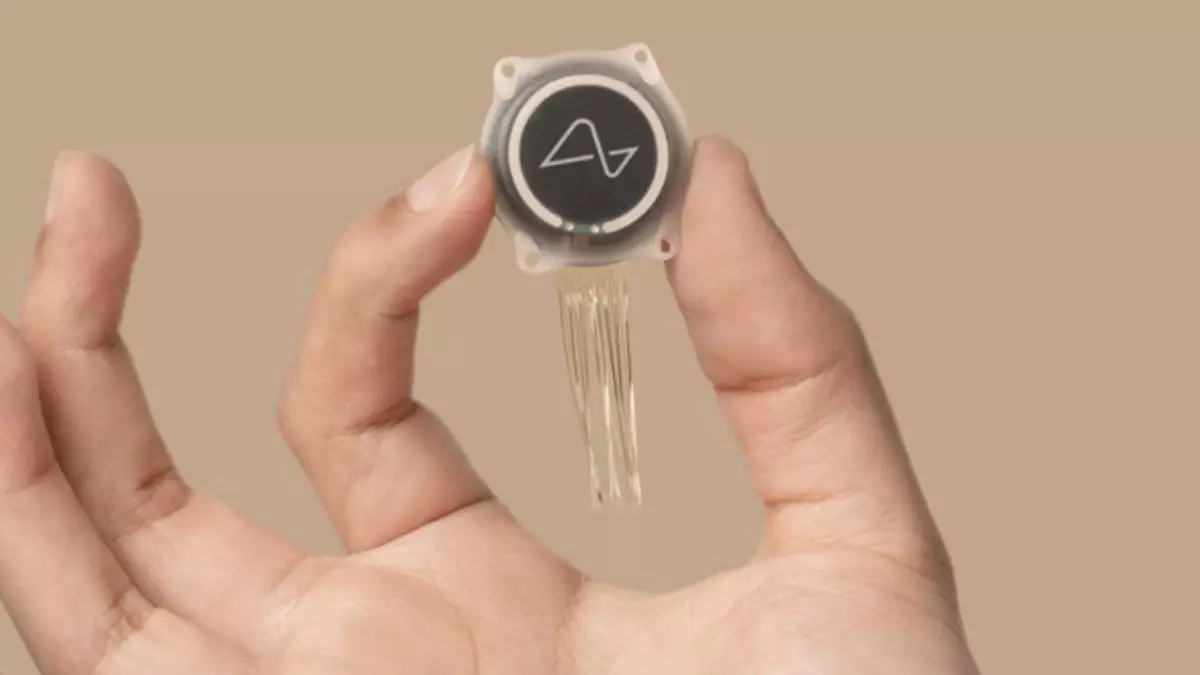The ever-ambitious Elon Musk continues to push the boundaries of scientific innovation with the unveiling of Neuralink’s Blindsight brain implant, a breakthrough that aims to restore vision for those who have lost it. Recently awarded the FDA’s Breakthrough Device Designation, this achievement holds promise for individuals with visual impairments, including those blind from birth. However, while the visions of a futuristic health solution are tantalizing, the technical and ethical complexities underlying such technology necessitate a critical examination.
At its core, the Blindsight device employs a microelectrode array embedded within the visual cortex. By stimulating neurons, the device proposes to create visual sensations where none existed. This creates a compelling image of individuals experiencing vision for the first time—as vividly imagined by Musk with reference to Geordi La Forge, the iconic blind character from Star Trek. Musk claims that the device could even allow for a kind of vision beyond human experience, enabling users to perceive infrared and ultraviolet wavelengths. However, skepticism is warranted, as the actual functionality remains ambiguous.
An important aspect of understanding Blindsight’s capabilities lies in the acknowledgment of the challenges that lie ahead. While advancements in electrode density appear promising, history has shown that increasing the number of electrodes does not automatically translate to enhanced resolution of vision. Current limitations see implanted devices managing only a few dozen electrodes, far from the resolution offered by even the earliest arcade games. The ambitious promise of an effective visual restoration tool would need to overcome not just technical barriers but also different neurobiological conditions that could impact efficacy.
One of the staggering assertions made by Musk is the potential for the device to revive sight in individuals who have been blind since birth. This claim, while captivating, is underpinned by a significant caveat. Blind individuals do not possess the same neurological frameworks or learned visual associations that sighted people develop from infancy onward. As noted by experts, the biological pathways through which visual cognition operates in sighted individuals likely do not exist in those who are blind from birth, posing a profound obstacle for the Blindsight device.
TechCrunch aptly critiques the apparent optimism surrounding such a claim, indicating that many misconceptions regarding the experiences of the blind overshadow the conversation. The suggestion that these individuals may experience “sight” as understood by the sighted community could lead to misleading expectations, thus necessitating a tempered narrative around the actual potential of the product.
It is critical to reflect on how Elon Musk’s high-profile persona has become intertwined with the technologies he champions. Often characterized by an air of hubris, the sensationalism that accompanies Musk’s assertions can distort public perception of groundbreaking research and advancements. Although the mission of Neuralink holds promise, the grandiosity of Musk’s proclamations can evoke skepticism amongst those familiar with the limitations of medical technology.
Indeed, while Musk’s various enterprises have achieved noteworthy milestones—such as those in aerospace via SpaceX—his ventures are also marred by lofty expectations that can lead to disillusionment. The enthusiasm surrounding Blindsight should be met with cautious optimism that balances the excitement of pioneering technology with a realistic understanding of its implications.
Neuralink’s Blindsight represents a significant step in the quest to address disabilities that have long been deemed intractable. However, careful scrutiny is necessary—not just of the technology itself, but also the messaging surrounding it. By taking stock of the challenges and potential pitfalls that await, we may better navigate this intersection of hope and hubris. As society stands on the precipice of this new frontier, it is our responsibility to advocate for a vision grounded in science, realism, and authenticity in order to manifest a truly inclusive future for all individuals, regardless of their visual capabilities.


Leave a Reply